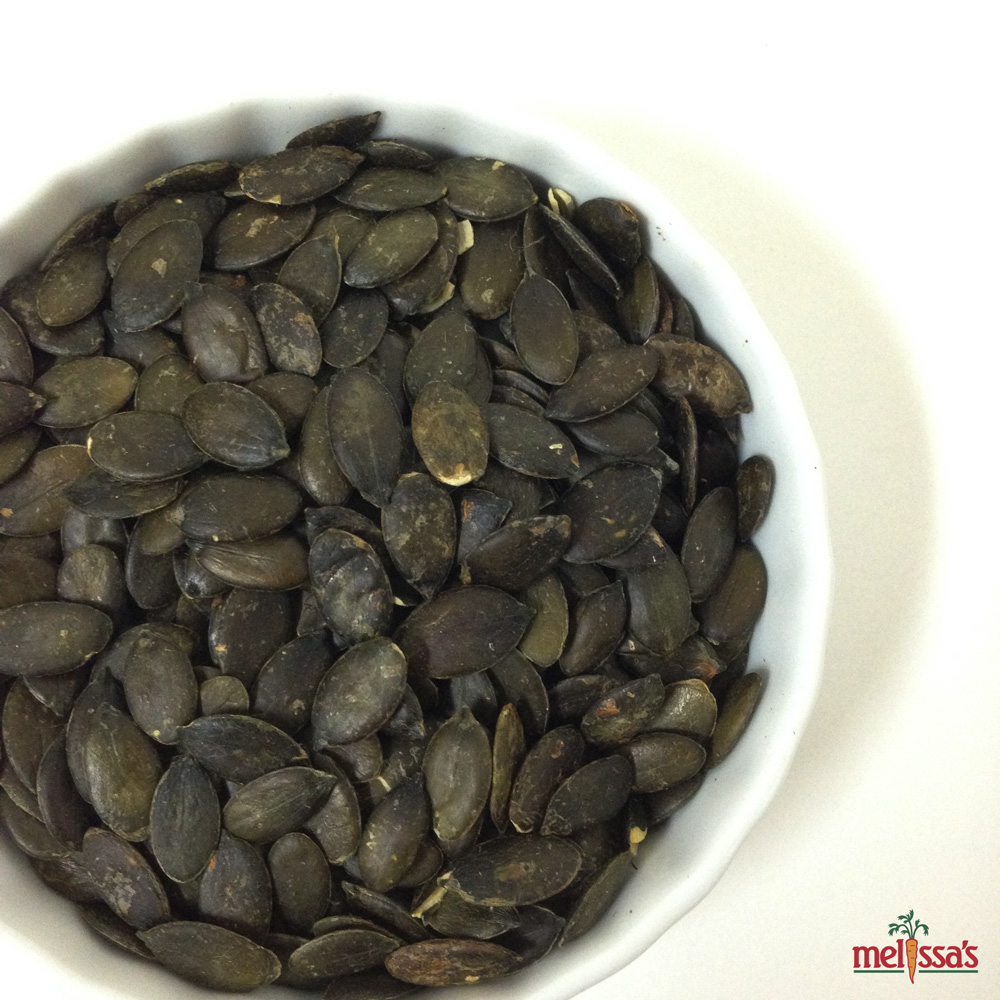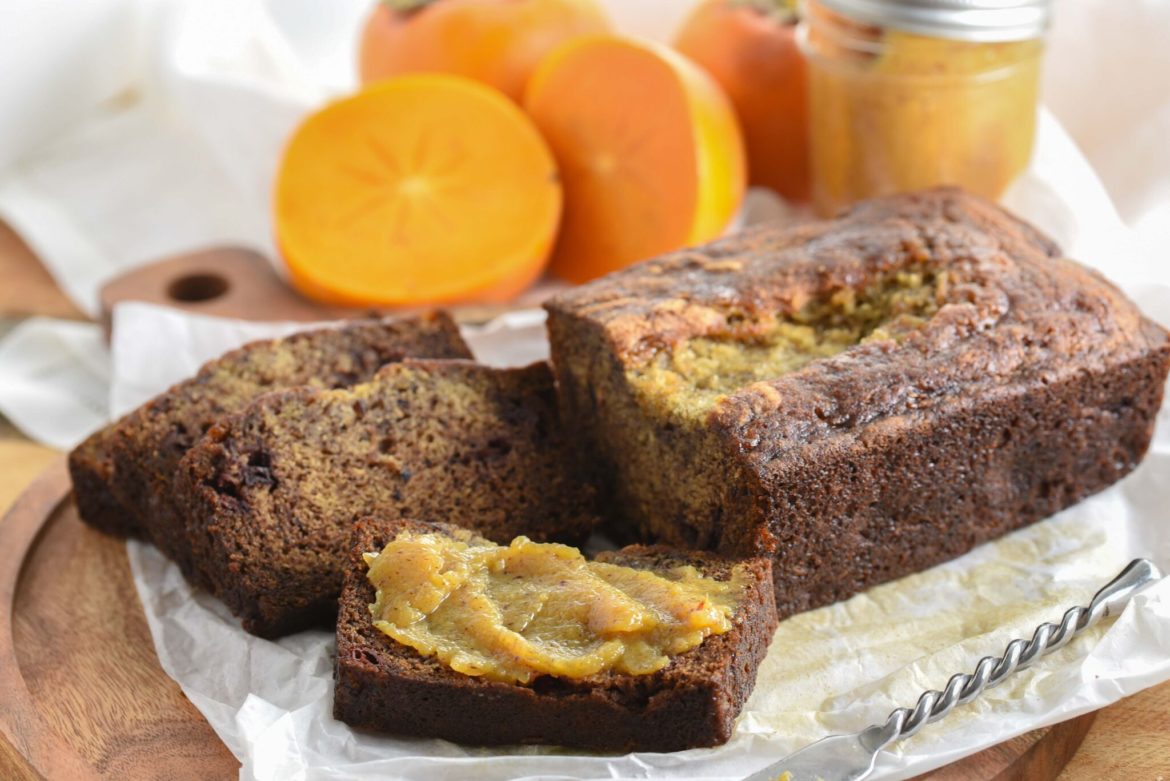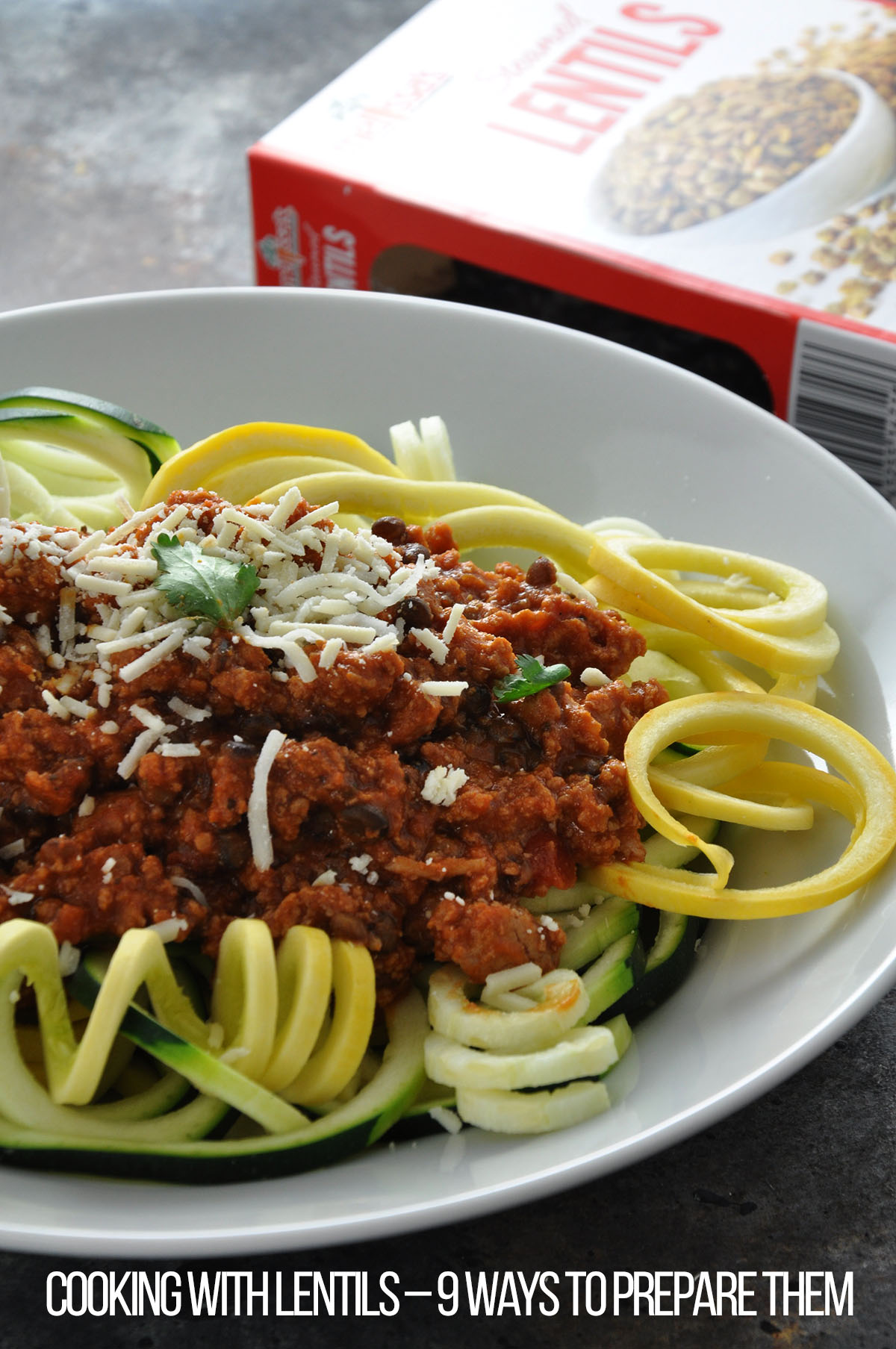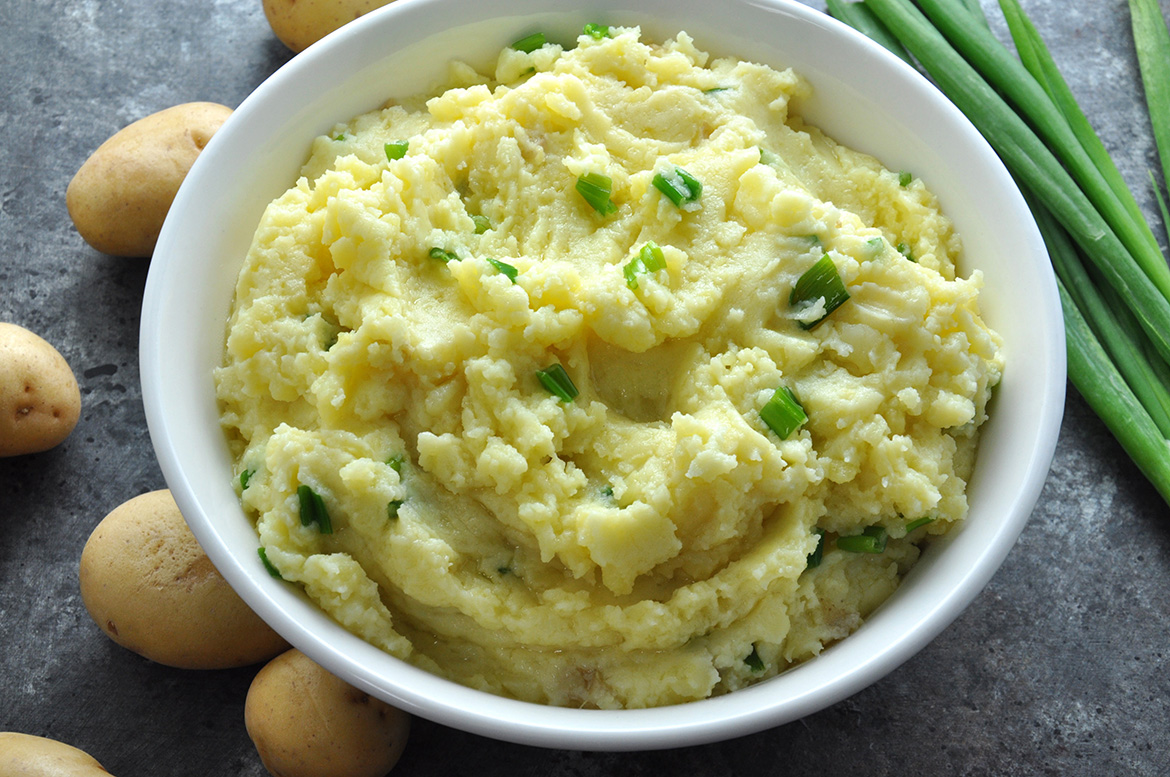When you live with diabetes, fruit and veggie consumption can be challenging.
Most fruits and many veggies are high in simple sugars and can, therefore, cause unwanted blood sugar spikes. In this post, I will talk about how to find the best fruits and veggies for people with diabetes and how I cook and prepare them.
The best indicator of how a fruit or veggie will affect your blood sugar is the “Glycemic Index.” Slightly simplified, the glycemic value of a food item measures how quickly its carbohydrates are converted to glucose within the human body. Pure glucose has the highest glycemic value (100), while more slowly digested carbs have lower values (as an example, the glycemic value of apples is 38).
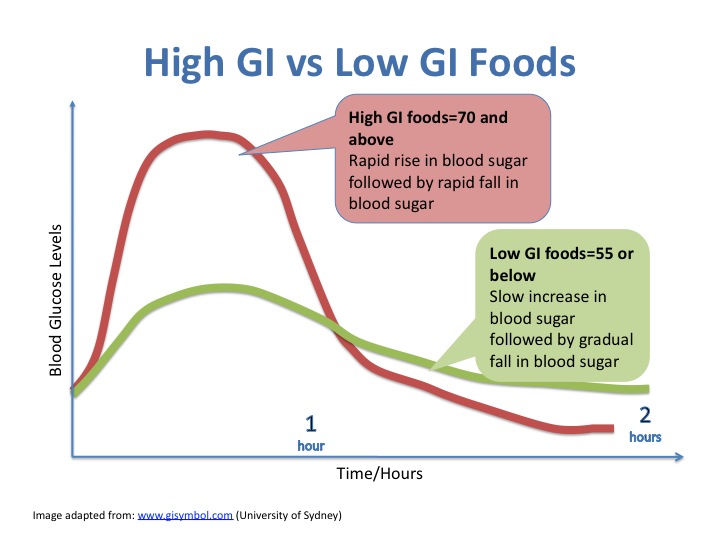 Of course, you also need to look at the total amount of carbs in your fruits and veggies. A small amount of high-glycemic carbs will have a smaller (but quicker) impact on your blood sugar than a large amount of low-glycemic carbs will.
Of course, you also need to look at the total amount of carbs in your fruits and veggies. A small amount of high-glycemic carbs will have a smaller (but quicker) impact on your blood sugar than a large amount of low-glycemic carbs will.
It’s worth researching the glycemic values of the fruits and veggies you choose to eat since some can be surprisingly high. Delicious veggies like beets, for example, have a glycemic value 64 so I generally limit my consumption of them.
I’m on insulin, so I can just take more insulin with my food to reduce my blood sugar, but larger insulin doses increase the risk of hypoglycemia (low blood sugar) and for those not on insulin, correcting that way is obviously not an option.
My favorite fruit and veggies and how to eat them
Leafy greens
Leafy greens such as spinach, kale, salad, etc. are generally very low in sugar, calories, and glycemic value. I probably consume more spinach on a daily basis than Popeye ?. It’s such an easy vegetable to work with and it’s stuffed with B-vitamin and potassium.
I often start my days with spinach or kale. Sometimes I’ll fold it into an omelet but more often, I’ll throw it in my NutriBullet and make a spinach shake. 2 cups of spinach look like a whole lot when raw but becomes a much more approachable portion when it’s been through the blender.
My spinach shake only has 7 grams of carbs and most of them are from fiber. And if you don’t have time to cook breakfast, you can blend in some protein powder and eat a few nuts on the side for a very healthy and balanced meal.
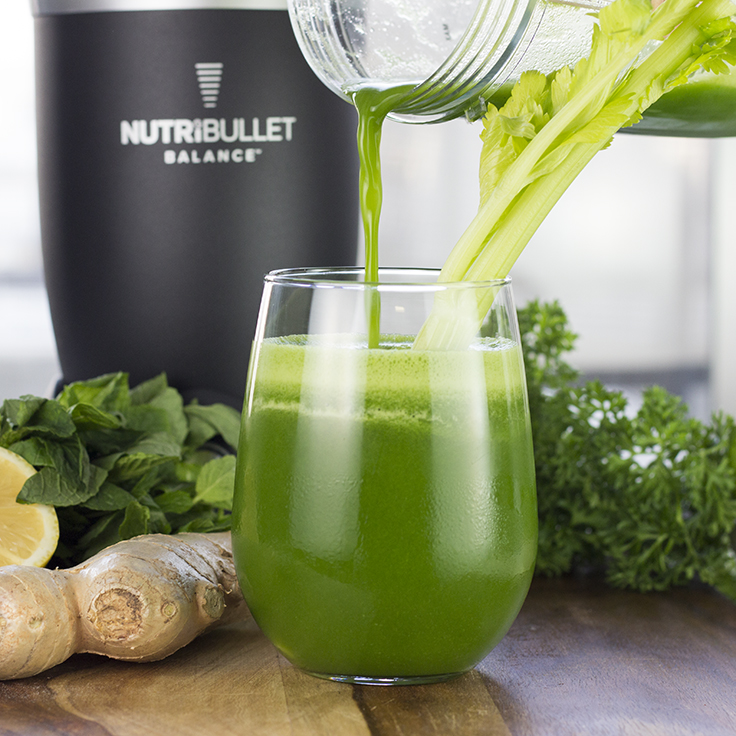
Watery veggies
Veggies like cucumber and zucchini have a high water content and only a few, low-glycemic carbs (cucumbers have a glycemic value of 15).
I really like to use zucchini as a substitute for high-glycemic carbs. You can make an excellent low carb lasagna with zucchini instead of pasta.
You can of course also just chop them up and cook them in the oven, but I prefer to shred them (or you can zoodle them if you have the tools) and fry them on the pan with a bunch of spices. I’ll often put curry, mustard powder, salt, and pepper on my zucchini and add a few cooked shrimps when the zucchini is almost done. A large zucchini is about 2 cups of veggies and I can easily eat that for a single meal.
Veggies high in fiber and protein
If you’re really hungry, fiber and protein-rich legumes such as beans and lentils are the way to go. Also, if you’re vegetarian (or just limiting your meat consumption), it can be hard to get enough protein in your daily diet which makes legumes a great choice.
One type of legume I really enjoy is Edamame. They are a great snack since 4 oz. of shelled edamame packs 12 g of protein, 8 g of fiber and only 6 g of net carbs (net carbs are the total carb content of 14 g minus the 8 g of fibers). With legumes, it’s very important to pay attention to the net carbs since fibers won’t significantly impact blood sugars.
If you want something a little more substantial, cooking up a good chili or lentil tabbouleh really hits the spot.
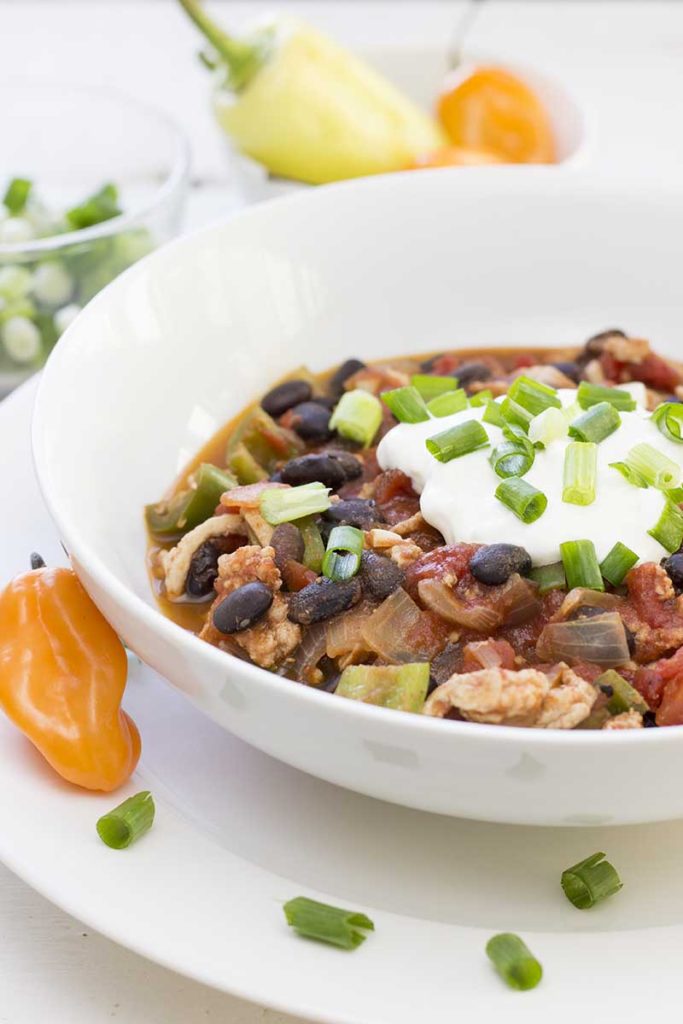
High fiber fruits
While most fruits are high in sugar, you can find some great fruit options that can be enjoyed without crazy blood sugar spikes.
My favorite fruits are apples and pears, I love the crunch and they go lovely with a dollop of unsweetened peanut butter. The high amount of fibers makes them a relatively low-glycemic option, and by adding in the peanut butter, I slow down the carb absorption even more, making it an excellent snack for anybody watching their blood sugars (eating fats with your carbs slows down the absorption of the carbs).
In general, you do have to watch the sugar content in most fruits, so just do a bit of research and eat the ones you enjoy in moderation.
Berries
Berries taste like summer, can be eaten like candy, and are actually pretty gentle on your blood sugars.
My favorites are strawberries (glycemic index of 40) and raspberries (glycemic index of only 32). I just enjoy the flavors and often eat them raw. Another option is to bake them up as a breakfast berry crumble. This is a household favorite, not only with the person living with diabetes (me ?) but with any overnight guests staying with us. And I do like starting my day with something that’s a little sweet but still good for me and my blood sugars.
Of course, there other fruit and vegetable options that are low-glycemic and gentle on your blood sugar, so if your favorites aren’t on this list, look up their glycemic index and make an informed decision.
About the Author:
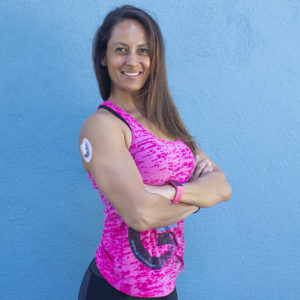 Christel is a Los Angeles based blogger, certified personal trainer, and diabetes advocate. She has been living with type 1 diabetes since 1997 and at an early stage decided that it wasn’t going to slow her down. Her motto is “There is Nothing You Can’t do With Diabetes”. She writes about Health, Fitness on DiabetesStrong.com. She also trains people with diabetes from across the globe, online and in person, and supports them in meeting their health and fitness goals.
Christel is a Los Angeles based blogger, certified personal trainer, and diabetes advocate. She has been living with type 1 diabetes since 1997 and at an early stage decided that it wasn’t going to slow her down. Her motto is “There is Nothing You Can’t do With Diabetes”. She writes about Health, Fitness on DiabetesStrong.com. She also trains people with diabetes from across the globe, online and in person, and supports them in meeting their health and fitness goals.


